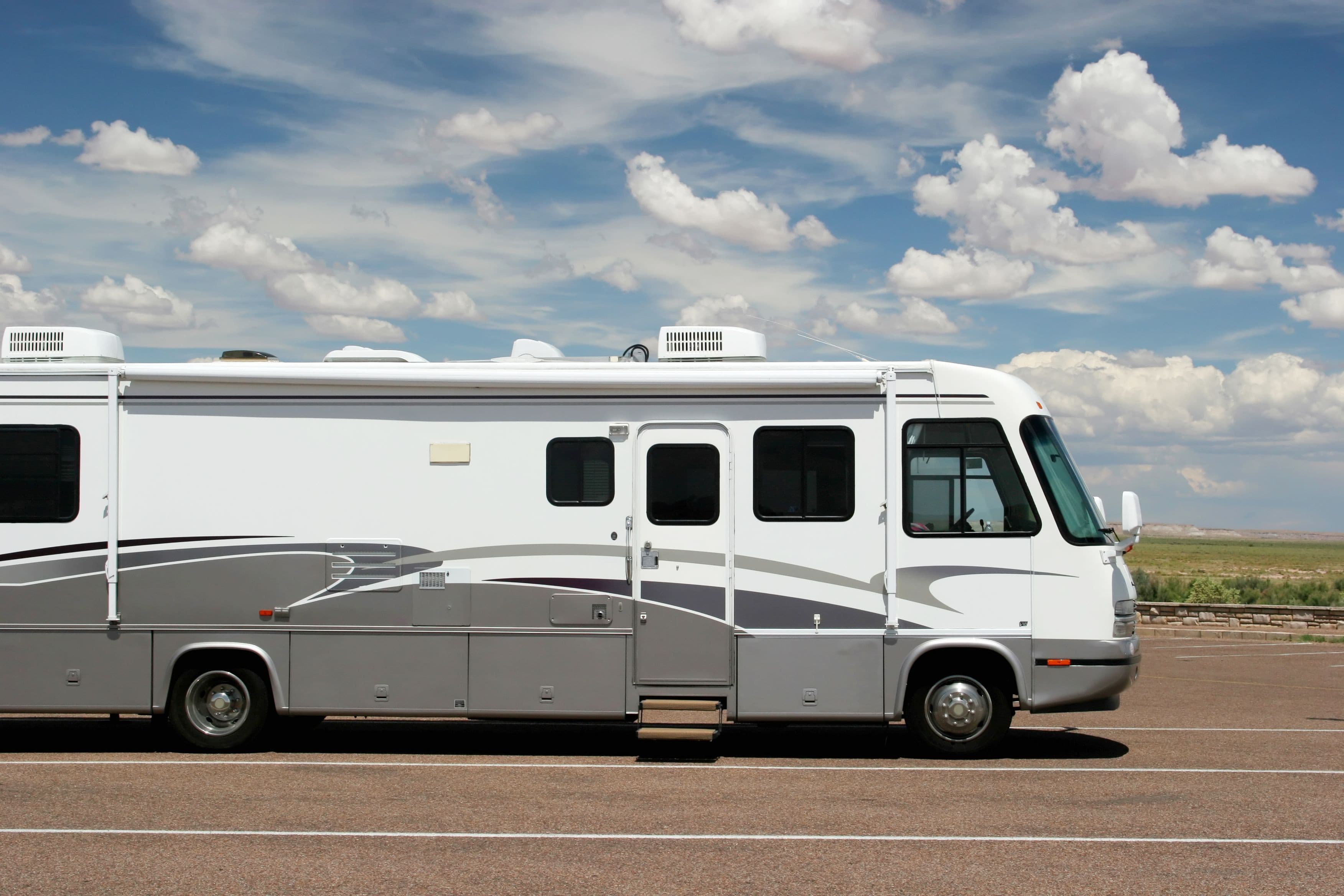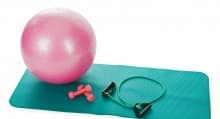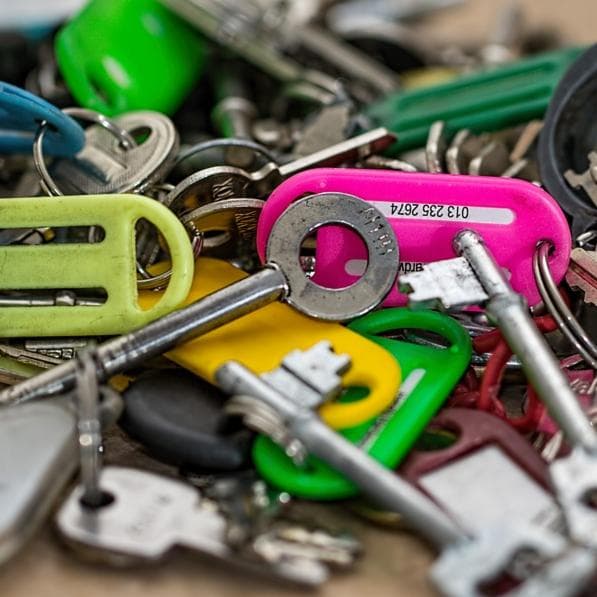Climbing Checklist


Views
36
Views: 36
Uses
1
Uses: 1
Tasks
26
Tasks: 26
- Seek out an indoor rock climbing studio in your area and sign up for lessons.
- Your first few 'real' outdoor climbs should be in a group with a qualified instructor.
- You may be able to rent at first, but eventually you will need your own gear.
- Membership in a rock climbing club makes it easier to find a climbing buddy and may give you more opportunities for fun climbing adventures.
- Never climb bare-headed. You can survive a broken leg - a cracked skull is more dubious!
- Buy new if possible; second hand gear should be thoroughly checked over by a professional. A seat harness is better than a simple waist harness.
- Choose one that is a different color on each end, meeting in the middle - that makes it easy to see when you have reached the halfway point.
- Real climbing shoes are the only safe footwear to take on a climb. Make sure you wear good socks, too.
- Locking biners latch securely to your belt harness, so you can tether yourself with confidence. Non-locking biners let you shift ropes and gear as needed.
- You need photo ID, medical insurance cards, and emergency contact info.
- Even in winter, the sun can still burn!
- Gloves, hat, and even a bandana to tie around your lower face can stave of frostbite in freezing temps.
- A regular first aid kit plus some pressure bandages.
- Choose lightweight nonperishable high energy food and carry plenty of water.
- Cell phones with GPS and 2 way radios are best.
- A hard copy map plus a compass should be packed.
- A camera, flashlight and matches should also be part of your climbing kit.
- Everyone should have radios, cell phones, and everyone else's number in case of separation.
- Drink plenty of water leading up to the day of the climb, and drink water at regular intervals.
- Have a predetermined meeting point in case of separation.
- Decide on a time that all parties should turn back.
- Know who to call if you get into trouble.
Details
Climbing has become a popular sport, particularly as gyms, schools and other facilities are installing indoor rock climbing walls for educational purposes. You can now learn to climb safely before venturing into an outdoor situation. Choose climbing location wisely - do not attempt dangerous climbs until you have performed many successful climbs and rappelled safely down plenty of beginner and intermediate cliffs. This checklist should help you be prepared for a fun day of climbing.
Tips
The primary concept to remember when climbing is safety first, then fun! Safety starts with proper climbing instruction, including the use of anchors, how to attach and use various equipment, rope handling, rappelling, and movement along the rock face. Once you have become sufficiently skilled, you can enjoy a day of rock climbing on a gradual incline before advancing to more challenging vertical cliff faces.
When rock-climbing outdoors, the weather can be a prime consideration for determining when to call it a day. If there is excessive wind or rain, it may be unsafe to continue. Knowing when to give up and go home means you live to climb another day!
You should never, ever climb alone; if you can't find a climbing buddy, at least take a watcher along in case the worst happened and you became seriously injured.
You should also let people know where you are planning to climb and when to expect you back.
Once appropriately skilled, you may wish to join a rock-climbing group so you can climb in tandem with other enthusiasts. There is safety in numbers, but the group is only as strong as its weakest link, - so making sure you have the proper equipment and training is imperative - you have to look out for each other!








